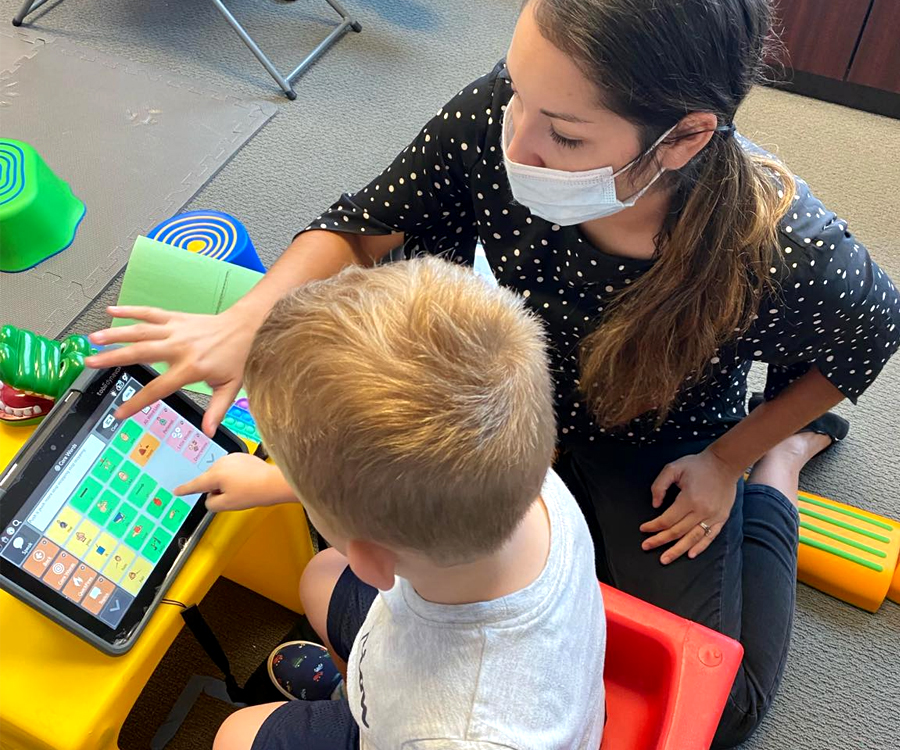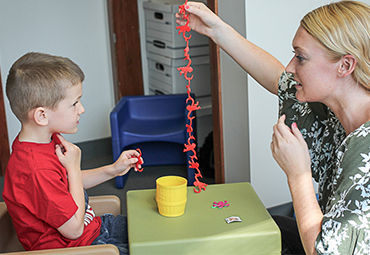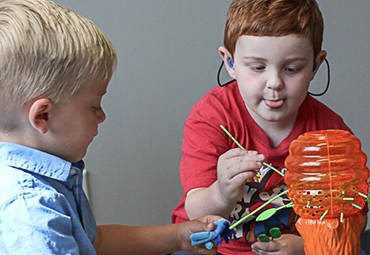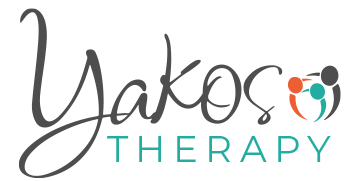
A unique challenge...
Children and adults with speech or language difficulties may need to find other ways to communicate. There are different types of Augmentative and Alternative Communication (AAC) to consider and a speech-language pathologist can help find the most appropriate form of AAC based on an individual’s needs. To determine what type of AAC is best for an individual, it is essential to gather parent/family input, observations, complete an AAC evaluation, and gather team input.
Individuals who may work as part of the team included:
- speech-language pathologist,
- occupational therapy,
- physical therapist,
- social worker,
- assistive technology professional,
- doctor,
- vision specialist.
The goal of AAC is to achieve the most effective communication possible in order to express needs/wants, and lead the highest quality of life possible.
Types of Augmentative and Alternative Communication
- Unaided Systems include gestures, body language, facial expressions, and some sign vocabulary
- Aided Systems use a tool or device, and can be basic and high-tech. A pen and paper, or pointing to letters, words, or pictures on a board are examples of a basic aided system.
- Touching letters or pictures on a computer screen that speaks for you is a high-tech aided system.


Insurance Coverage
Speech generated devices may be covered through your insurance provider. At Yakos Therapy, our speech-language pathologists can help find the right AAC system for your child.
Not every device works for every person, so it is important to find the right one. Upon selection, our staff of professionals will work with your child to maximize their communication skills.
